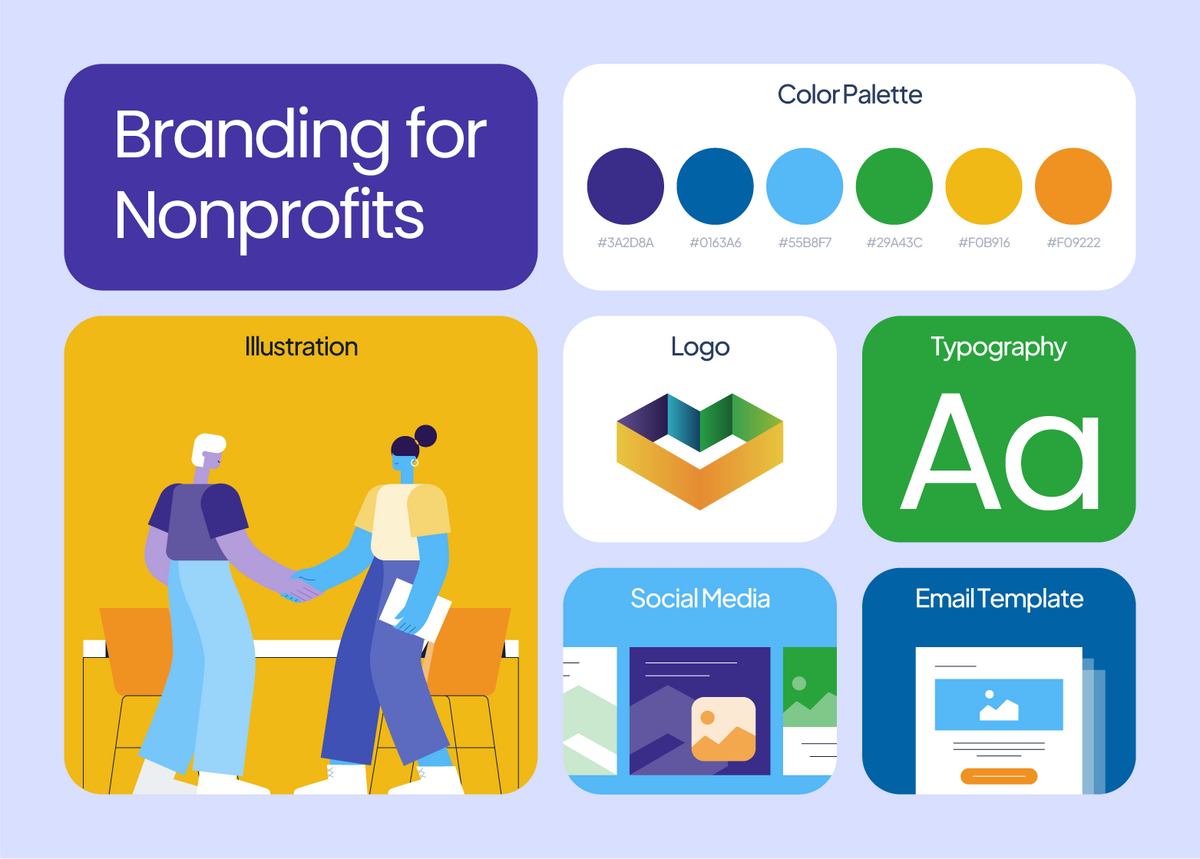Ever wonder why some nonprofit organizations seem to have a magnetic pull? It’s not just what they do or their epic peer-to-peer fundraising campaigns (although that helps…); it’s how they brand themselves. Branding for nonprofits is a game-changer in today’s digital age.
It’s about crafting stories that resonate, visuals that captivate, and missions that stick long after the screen dims. This isn’t about slapping on a trendy logo or catchy tagline—it’s deeper. Imagine transforming the essence of your cause into something tangible and unforgettable.
In an era when everyone scrolls past hundreds of messages daily, it’s crucial to make sure yours doesn’t just blend into the background but actually pauses thumbs and sparks interest. This is where our guide to branding for nonprofits is going to help you out.
We’re going to cover:
- The Key to Branding for Nonprofits is Building a Strong Brand Identity
- Creating a Comprehensive Brand Guide for Your Nonprofit’s Brand Identity
- The Significance of Consistency in Nonprofit Branding
- Developing an Effective Nonprofit Branding Strategy
- The role of social media in your branding strategy
- Nonprofit Leaders Must Focus on Online Presence for Nonprofit Organizations
- Engaging With Your Target Audience Through Thought Leadership
- Utilizing Visual Elements to Enhance Your Nonprofit’s Appeal
- Maximizing Community Engagement Through Effective Brand Management
- Innovative Approaches to Differentiate Your Nonprofit Organization
- Navigating Rebranding Challenges and Opportunities
- Branding Nonprofit Organizations Can Use for Great Branding Examples
- A Nonprofit’s Public Brand Can Be Built in Many Powerful Ways
The Key to Branding for Nonprofits is Building a Strong Brand Identity
A strong brand identity is everything for nonprofits, not just ones with specific backgrounds that are harder to fundraise for.
It establishes trust, credibility, and recognition among supporters and the public. Without strong branding for nonprofits, you’ll be just another organization lost in the noise.
When starting with branding for nonprofits, it’s important to understand that the elements of a nonprofit’s brand identity include:
- Clear mission and values
- Consistent visual identity (logo, color palette, typography)
- Compelling brand story
- Unique value proposition
- Emotional connection with the target audience
- Strong social media presence
Get these right, and you’re on your way to building a memorable, impactful brand identity.
Designing a visual identity that resonates
Your nonprofit’s visual identity is the face of your brand. It’s what people see and remember.
When designing it, consider:
- Choosing colors that evoke the desired emotions and align with your mission.
- Creating a simple, memorable logo that’s easily recognizable.
- Using typography that’s legible and reflects your brand personality.
- Ensuring consistency across all marketing materials and platforms.
The goal? Craft design elements that not only look great but also resonate deeply with your audience.
Creating a Comprehensive Brand Guide for Your Nonprofit’s Brand Identity
Successful branding for nonprofits relies on one thing: the ability to stay consistent.
How do you build consistency?
One element is designing a comprehensive brand guide that allows for ultimate cohesion across key messaging and brand visual elements.
This guide includes:
- Mission statement and brand values
- Logo usage guidelines (size, color, placement)
- Color palette with hex codes and usage guidelines.
- Typography (fonts, sizes, hierarchy)
- Brand voice and tone guidelines
- Image and photography guidelines
- Social media and email guidelines
- Templates for marketing materials and communications
This way, when you outsource marketing beyond staff members who understand the brand identity thoroughly, your nonprofit branding guide will be their playbook. Strong branding relies on effective communication and standard operating procedures, which is why all nonprofit brands need a guide!
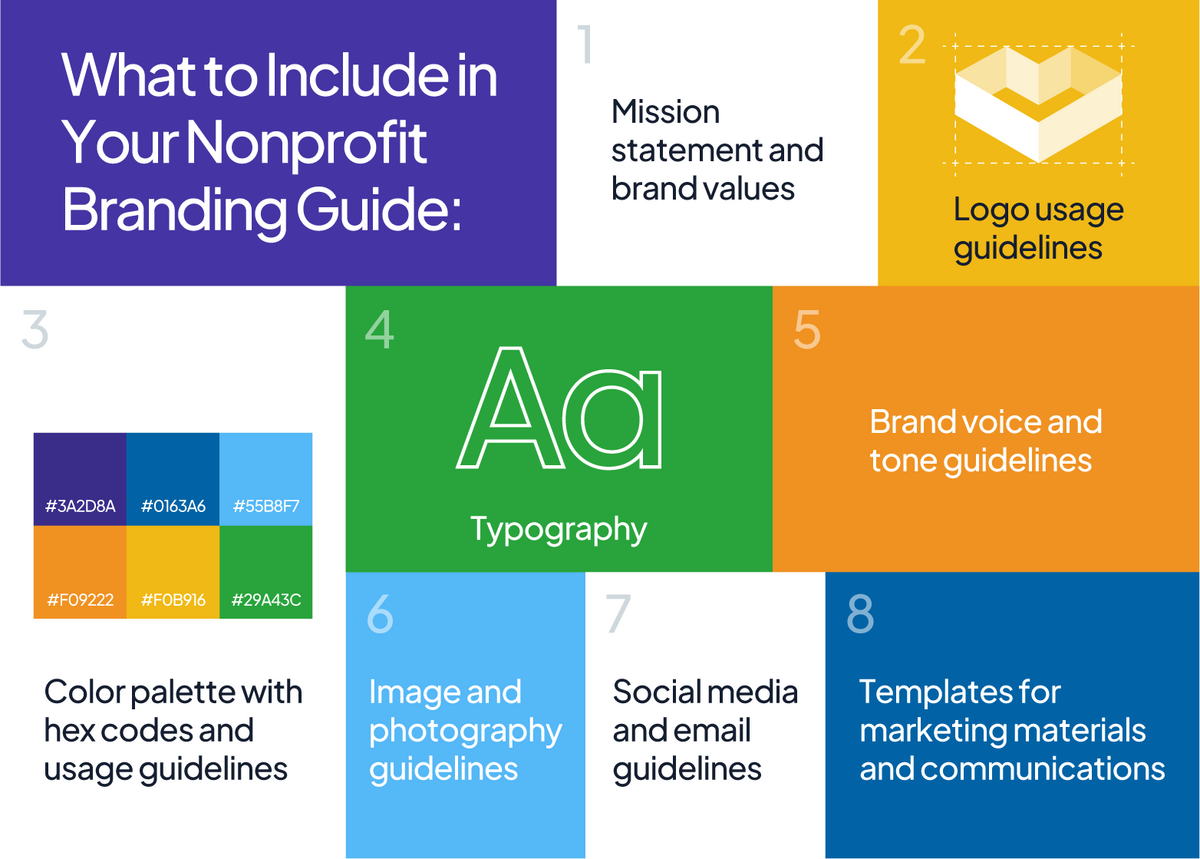
The Significance of Consistency in Nonprofit Branding
So, beyond the style guide, what are ways to help your team create consistent nonprofit branding strategies and build a brand people remember?
Here are a few things to implement to create a dominant brand paradigm people relate to:
- Develop a brand style guide that outlines your visual brand identity, messaging, and tone.
- Ensure all team members and volunteers are trained on and adhere to brand guidelines.
- Use templates for marketing materials, social media posts, and other communications.
- Regularly audit your brand assets and communications to identify and address inconsistencies.
- Appoint a brand manager or team to oversee brand consistency and make necessary updates.
By staying consistent across all touchpoints, you create a cohesive and memorable brand experience for your audience—the pinnacle of branding for nonprofits.
This builds trust, credibility, and a strong brand voice that resonates with your supporters and helps your nonprofit stand out in a crowded landscape. It makes branding for nonprofits manageable and effective!
Developing an Effective Nonprofit Branding Strategy
Ensure that your brand messaging, visual identity, and overall strategy consistently communicate your organization’s purpose and values. This alignment builds trust and credibility with your target audience.
It’s the foundation of an effective approach to branding for nonprofits.
The role of social media in your branding strategy
Social media is a game-changer for nonprofit branding. Platforms like Facebook, Twitter, and Instagram allow you to:
- Engage with your audience
- Share stories
- Build brand awareness
Use social media platforms to share impactful stories about your organization’s work, the people you serve, and the difference you’re making in the community. Personal stories, testimonials, and success stories resonate strongly with audiences and help humanize your brand.
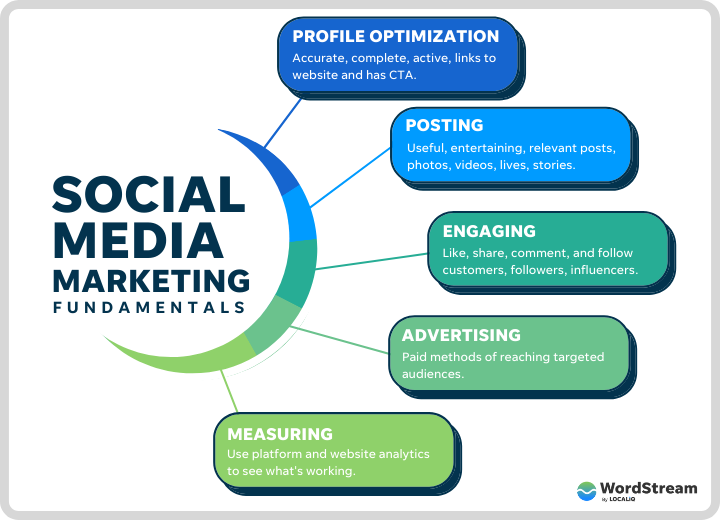
You’ll also want to really capitalize on visual content such as photos, videos, infographics, and illustrations in your social media posts. Visuals are more engaging and shareable than text-only posts and can help convey your message more effectively.
Finally, encourage audience interaction and engagement by creating polls, quizzes, contests, and interactive stories, or even partnering with influencers who can help grow brand loyalty. Interactive content fosters community participation and strengthens connections with your followers.
Social media is a powerful tool when it comes to branding for nonprofits. Wield it wisely.
Incorporating storytelling into your brand identity
Speaking of telling stories – social media isn’t the only place where storytelling matters when it comes to branding for nonprofits.
When incorporating storytelling into your brand identity, focus on:
- Sharing real stories of individuals or communities impacted by your work.
- Using vivid details and imagery to create an emotional connection.
- Highlighting the transformation or change made possible through your efforts.
- Encouraging supporters to become part of the story by taking action.
Storytelling brings your nonprofit brand to life in a way that facts and figures alone cannot. Embrace it as part of your organizational strategy.
Nonprofit Leaders Must Focus on Online Presence for Nonprofit Organizations
Social media platforms are powerful tools for nonprofits looking to expand their reach and impact and really share their brand identity with the world. To leverage them effectively:
- Develop a content calendar to ensure consistent posting.
- Use visuals (images, videos) to capture attention and engage followers.
- Utilize hashtags to increase reach and participate in relevant conversations.
- Collaborate with influencers or other organizations to expand your audience.
- Monitor and respond to comments and messages promptly.
By strategically using social media channels, you can amplify your nonprofit’s message and engage with supporters in meaningful ways.
Email marketing strategies for nonprofits
Email marketing is a cost-effective way for nonprofits to nurture relationships with supporters and drive engagement. When crafting your email strategy:
- Segment your email list based on interests, engagement level, or donation history.
- Craft compelling subject lines that encourage opens.
- Use personalization to create a more targeted, relevant experience.
- Include clear calls to action (donate, volunteer, share) to drive desired actions.
- Analyze email metrics (open rates, click-through rates) to optimize future campaigns.
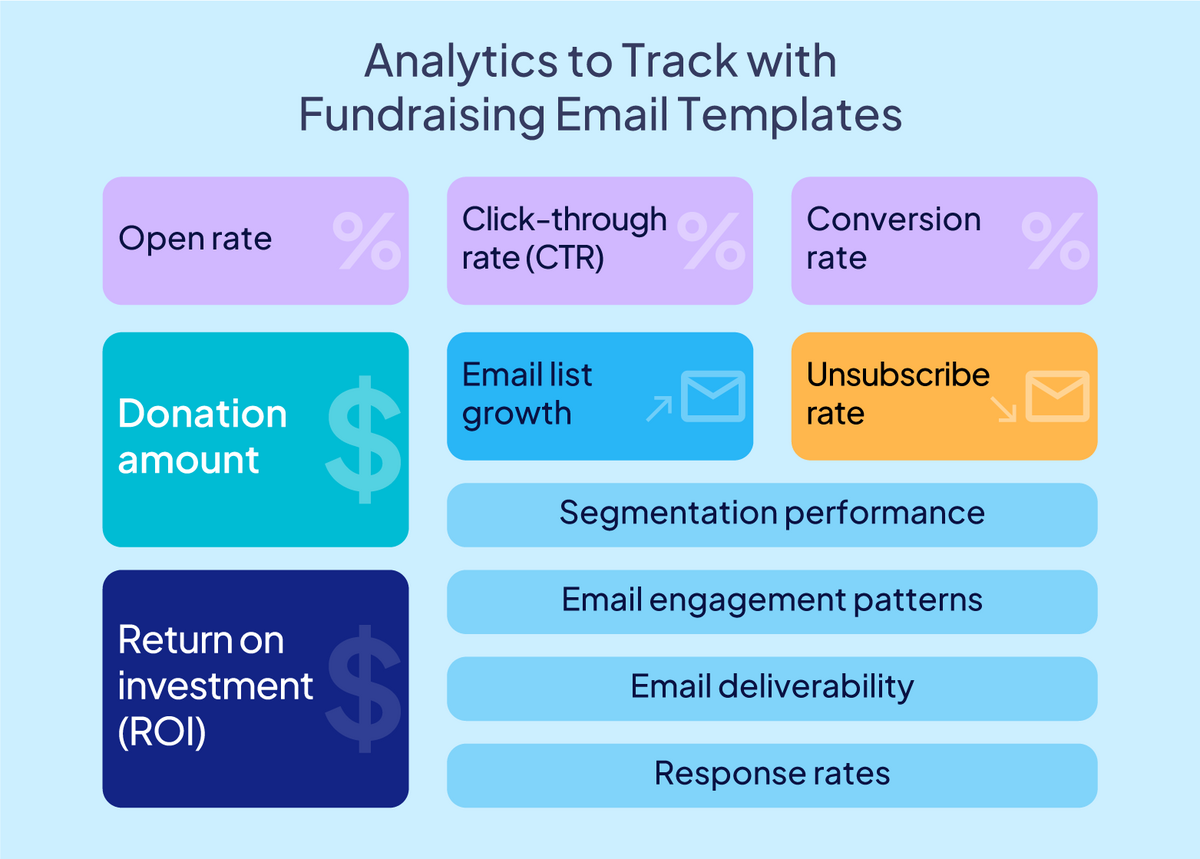
By reaching out with emails that feel like they were written just for them, you can make sure your nonprofit stays in the spotlight and keeps the support flowing.
Remember, your nonprofit’s online presence spans multiple media channels and social media sites. Ensure that your branding and messaging remain consistent across all platforms for maximum impact.
Engaging With Your Target Audience Through Thought Leadership
Now, for successful nonprofit branding, there’s one strategy that sometimes flies under the radar.
Establishing your nonprofit as a thought leader in your sector can help build credibility, trust, and brand recognition.
To position your organization as a thought leader:
- Share insights, research, and best practices related to your cause or industry.
- Participate in industry events, webinars, or panels to share your expertise.
- Collaborate with other respected organizations or influencers in your space.
- Develop original content (blog posts, whitepapers, reports) that provides value to your audience.
- Engage in conversations and discussions on social media and other relevant platforms.
By consistently sharing valuable insights and engaging with your target audience, you can establish your nonprofit as a go-to resource and trusted authority in your field.
This not only helps to build your brand identity but also fosters deeper community engagement and loyalty among your supporters.
Utilizing Visual Elements to Enhance Your Nonprofit’s Appeal
Color plays a significant role in how your nonprofit brand is perceived and the emotions it evokes.
When choosing a color palette:
- Consider the emotions and associations tied to different colors (e.g., blue for trust, green for growth).
- Select colors that align with your mission, values, and target audience.
- Ensure your color palette is accessible and legible across various media.
- Use color consistently across all brand assets and communications.
- Test your color palette with your target audience to gauge emotional impact and resonance.
By strategically using visual elements like color, you can create a strong emotional connection with your audience and reinforce your nonprofit’s brand identity.
A well-chosen color palette can help your nonprofit evoke the right feelings, convey your mission, and create a lasting impression in the minds of your supporters.
Maximizing Community Engagement Through Effective Brand Management
Nailing your brand management is the secret sauce to keeping your community engaged and forging strong bonds with your fans.

To manage your nonprofit brand effectively:
- Regularly monitor and analyze brand sentiment and feedback from your community.
- Respond promptly and authentically to comments, questions, and concerns.
- Encourage and showcase user-generated content that aligns with your brand.
- Collaborate with community partners and influencers to expand your reach and credibility.
- Continuously evaluate and adapt your brand strategy based on community insights and trends.
A strong nonprofit brand not only increases trust and loyalty amongst supporters but also creates a sense of organizational unity within the organization (amongst staff, volunteers, and other stakeholders).
Each of these elements plays a vital role in helping the organization flourish.
Nonprofits that are able to visibly show a commitment to the community are more likely to have a stronger reputation and attract supporters and donors who care deeply about what the organization stands for.
According to Harvard Law research, community outreach and corporate social responsibility programs create distinct value that leads to increased customer loyalty, willingness to pay premium prices, and lower reputational risks in crisis situations.
Innovative Approaches to Differentiate Your Nonprofit Organization
In a world where nonprofits are everywhere, being different is what makes you shine and draws people in.
To differentiate your nonprofit:
- Identify your unique value proposition and communicate it clearly in your branding.
- Develop innovative programs, services, or approaches that set you apart from similar organizations.
- Leverage technology and digital tools to create unique, engaging experiences for your audience.
- Collaborate with unexpected partners or industries to create buzz and reach new audiences.
- Showcase the personal stories and impact of your work in a compelling, differentiated way.
Personalization within the nonprofit sector can take many forms.
For example, the Christian Children’s Fund lets its donors sponsor a single child identified by name, photo, and other personal details. Potential donors are presented with a photo and biography of a child they can sponsor for a mere 80 cents a day.
Kiva lets donors get to choose to whom they make a microloan.
Personalize your appeal as much as possible: Don’t contribute to the club’s general fund, sponsor a gymnast. Don’t just write a check to the school your child attends; provide an incoming student with the aid she needs to enable her to attend.
Navigating Rebranding Challenges and Opportunities
For nonprofits eager to give their image a fresh coat of paint or keep pace with the times, diving into rebranding can be both tricky and exciting.
When navigating a rebranding:
- Clearly define your reasons and goals for rebranding.
- Involve key stakeholders (staff, board, supporters) in the rebranding process.
- Conduct research to inform your new brand strategy and identity.
- Develop a comprehensive rebranding plan with timelines and responsibilities.
- Communicate the rebranding to your audience and provide updates throughout the process.
- Monitor and evaluate the impact of your rebranding on brand sentiment, engagement, and support.
Rebranding is a big deal.
It’s not something to take lightly or do on a whim.
But if you have a clear vision and purpose for rebranding, it can breathe new life into your nonprofit and help you better connect with your audience.
The key is to approach it strategically and involve the right people every step of the way.
Start by getting crystal clear on your “why” for rebranding.
Is it to appeal to a new demographic?
Differentiate yourself from similar organizations?
Align your brand identity with your evolved mission and values?
Once you know your reasons, set specific goals for what you want to achieve through rebranding.
This will guide your entire process.
Next, assemble your rebranding dream team.
Include staff, board members, volunteers, donors – anyone who has a stake in your brand.
Their insights and buy-in will be invaluable.
Conduct brand research through surveys, focus groups, and interviews to understand how your current brand is perceived and what people want to see from your organization.
This research will inform your new brand identity strategy and visual identity.
Develop a detailed plan outlining every aspect of your rebrand, from your new mission and values to your logo, color palette, and messaging.
Assign clear roles and deadlines to keep everyone on track.
Throughout the process, communicate openly with your audience about the rebranding.
Explain your reasons, share your progress, and get them excited for the big reveal.
When launch day arrives, shout it from the rooftops.
Update all your channels with your fresh new look and tell your brand story far and wide.
But the work doesn’t stop there.
Monitor how your audience responds to the rebrand.
Track metrics like website traffic, social engagement, and donations to gauge its impact.
Keep refining and adjusting as needed to ensure your new brand is resonating and driving results.
Rebranding is a journey, not a destination.
So, if you roll up your sleeves and dive in with a clear plan, teamwork, and an open mind for continuous learning, you’ll be well on your way to lifting your nonprofit brand to exciting new levels.
Branding Nonprofit Organizations Can Use for Great Branding Examples
When it comes to branding for nonprofits, sometimes it means looking at what others have done before you. We love these nonprofit branding examples as they all exemplify a dominant brand paradigm in their niches:
charity: water

Known for its clean and minimalist branding, charity: water focuses on providing clean and safe drinking water to people in developing countries. Their branding emphasizes transparency, impact, and storytelling through compelling visuals and emotionally resonant messaging.
WWF (World Wide Fund for Nature)

WWF’s iconic panda logo is instantly recognizable worldwide. Their branding emphasizes conservation, sustainability, and wildlife protection through powerful imagery and messaging that inspires action and awareness.
UNICEF (United Nations International Children’s Emergency Fund)
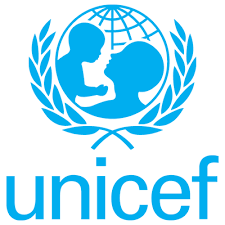
UNICEF’s branding focuses on children’s rights, humanitarian aid, and global development. Their branding is characterized by the use of vibrant colors, impactful photography, and a strong emphasis on storytelling to highlight their work around the world.
TED (Technology, Entertainment, Design)

While not a traditional nonprofit organization, TED’s branding is highly effective in promoting its mission of spreading ideas. With its bold red logo and minimalistic design, TED’s branding emphasizes innovation, inspiration, and the power of storytelling to drive positive change.
The Trevor Project
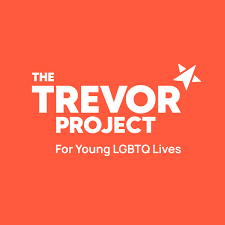
The Trevor Project is a nonprofit organization focused on suicide prevention and crisis intervention for LGBTQ+ youth. Their branding is characterized by a bright and inclusive color palette, empowering messaging, and a strong sense of community, reflecting their commitment to providing support and resources for young people in need.
American Red Cross

With its iconic logo featuring a red cross on a white background, the American Red Cross is one of the most recognizable nonprofit organizations globally. Their branding emphasizes humanitarian aid, disaster relief, and community resilience through consistent messaging and imagery that conveys trust, reliability, and compassion.
Girl Scouts of the USA
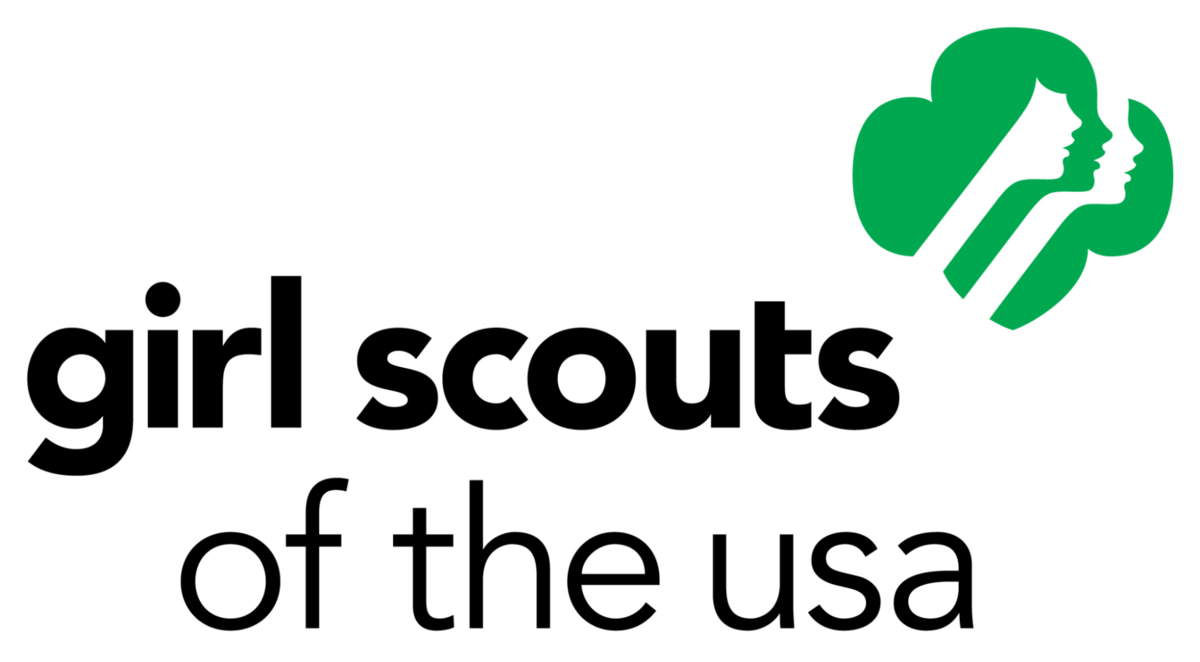
Girl Scouts is an organization dedicated to empowering girls and young women to develop leadership skills and make a positive impact in their communities. Their branding emphasizes inclusivity, leadership, and personal growth. Their branding features images of girls participating in outdoor activities, leadership development programs, and community service projects, along with messaging that celebrates the diverse talents and achievements of Girl Scouts nationwide.
American Cancer Society

The American Cancer Society is a nonprofit organization dedicated to eliminating cancer as a major health problem through research, education, advocacy, and patient support. Their branding focuses on cancer awareness, prevention, and support for patients and caregivers. Their branding features images of cancer survivors, caregivers, and advocates, along with messaging that highlights the importance of early detection, treatment options, and community support in the fight against cancer.
Make-A-Wish Foundation
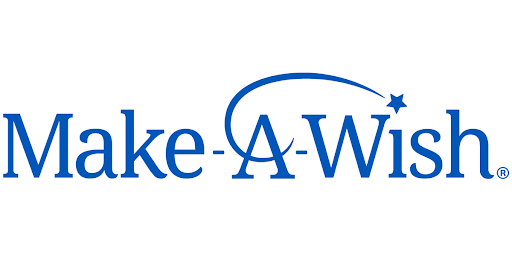
Make-A-Wish Foundation grants the wishes of children with critical illnesses. Similar to Ronald McDonald House Charities, Make-A-Wish has a strong brand identity focused on bringing hope and joy to children and their families during challenging times. Their branding often features bright colors, whimsical imagery, and heartwarming stories of wish recipients.
Special Olympics

Special Olympics is a global sports organization that provides opportunities for individuals with intellectual disabilities to participate in athletic competitions and events. Their branding emphasizes inclusivity, empowerment, and the transformative power of sports. Special Olympics’ branding often features images of athletes competing and achieving their goals, along with messaging that celebrates diversity and promotes acceptance and inclusion.
American Bar Association (ABA)
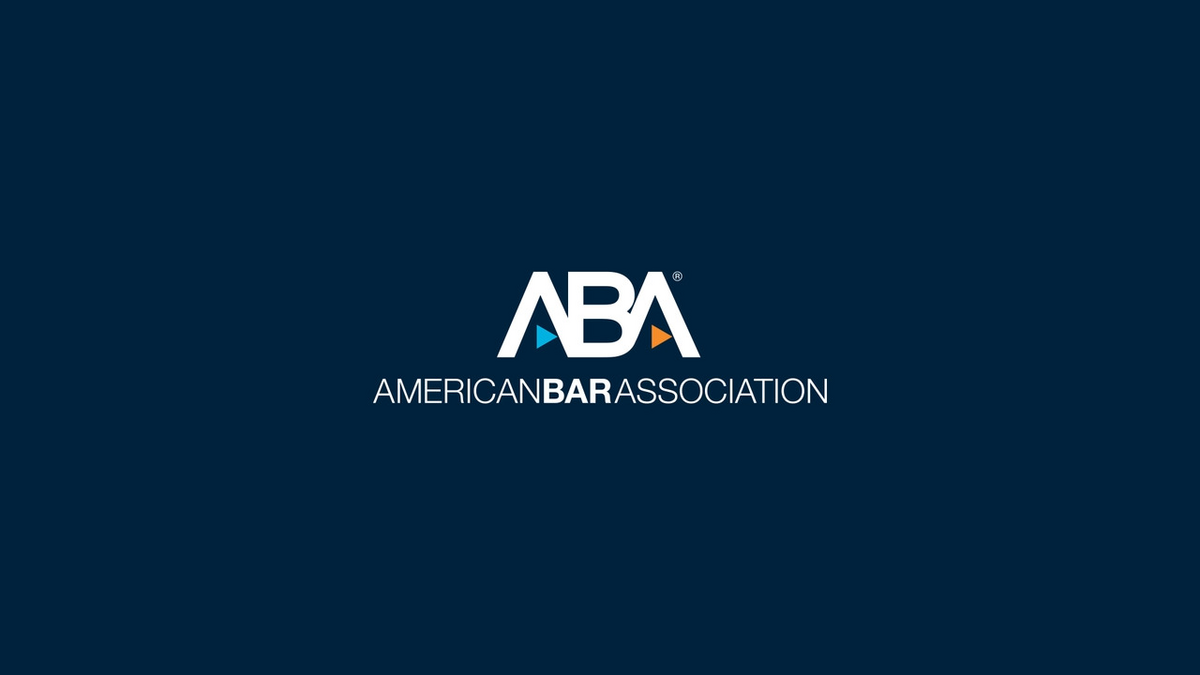
The ABA’s logo features a stylized eagle with its wings spread, symbolizing strength, justice, and the legal profession. The logo is often accompanied by the organization’s name written in bold letters. It represents the ABA’s role as a national association of lawyers and legal professionals.
We could go on for days, but these are all great examples of branding for nonprofits in diverse sectors!
A Nonprofit’s Public Brand Can Be Built in Many Powerful Ways
The truth is simple yet profound—effective branding for nonprofits isn’t an optional extra; it’s foundational to success in our fast-paced world. Gone are the days when good intentions were enough to galvanize support. Now, it’s about connecting the dots between mission statements and heartstrings through thoughtful branding.
When it comes to sharing values nonprofit organizations can backing from it comes down to nonprofit branding branding branding! It’s more than just a great logo consistent with your mission.
It’s about building a dominant brand program that supports your nonprofit’s mission with templates with your logos and brand colors, a tone of voice in all your emails, and more. A tool like Stratly can help you make this a reality. Book your demo today!

